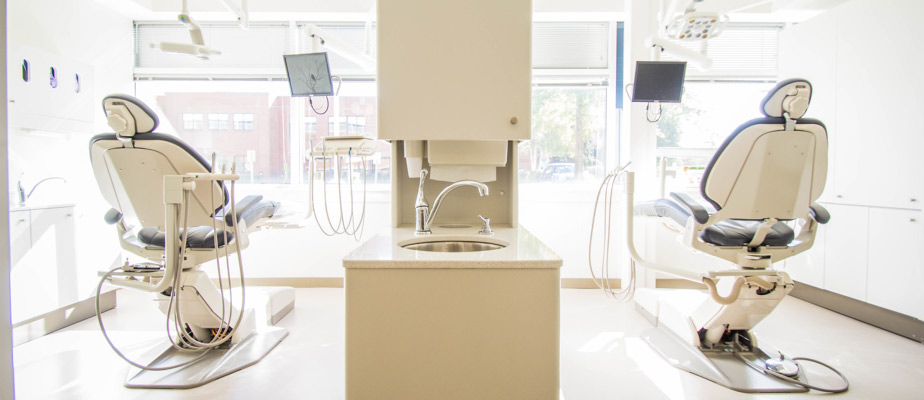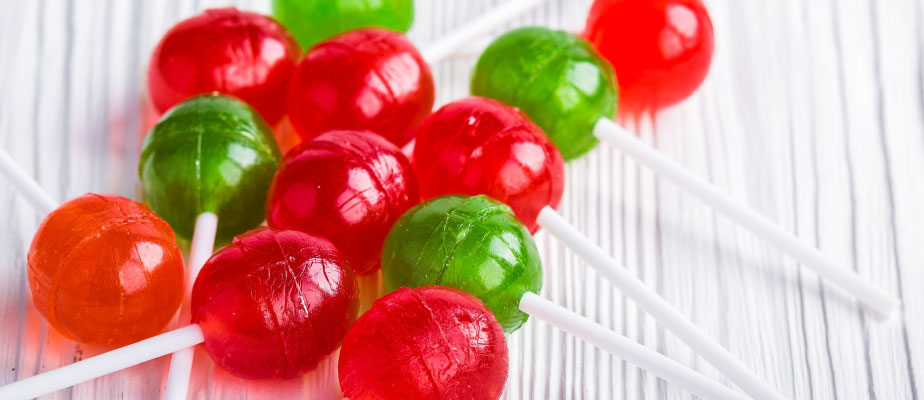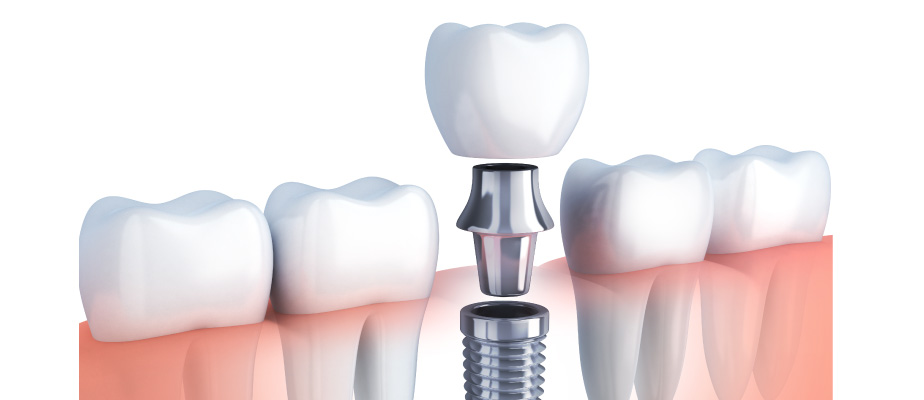
Yellow teeth are not just an indication of uncleanliness. In fact, there are quite a few different reasons why your teeth may have lost their brightness. We’ll go over the most common reasons below, as well as how you can brighten up your smile.
1. Diet
Your diet affects your entire wellbeing, including the state of your oral health! Americans are accustomed to diets with high amounts of sugar and starch as well as acidic beverages like coffee, soda, and alcohol. Those just happen to among the most harmful things for your teeth! The bacteria that feed on sugar and starch release acid when they break them down, making it much easier for your teeth to stain and develop decay.
2. Fluoride
Fluoride is a natural mineral that fights decay. But if you regularly swallowed your toothpaste as a child before your permanent teeth finished erupting from your gums, you may have developed fluorosis, which looks like white streaks or even dark spots on your teeth. Make sure your own children don’t develop fluorosis by supervising their teeth brushing routine!
3. Smoking
Smoking causes dry mouth because it suppresses your natural immune response to bacteria, making it easier to develop infections, decay, and discoloration. Once bacteria in your mouth multiply at a fast rate, you’re more likely to experience damage to your enamel and staining.
4. Medication
Certain medications like tetracyclines, antibiotics, and oral contraceptives can make it easier for your teeth to turn yellow.
5. Physical Trauma
If you grind your teeth, you’re slowly grinding away your enamel, exposing the underlying yellow layer of dentin.
6. Genetics
Your tooth color can be genetic! If you’ve noticed that your family members have inexplicably dull or yellow teeth, that may be the reason why you do too. Some people have naturally weak and thin enamel, so the yellow dentin is more noticeable. Moreover, some people’s teeth are more easily affected by dietary or lifestyle changes than others.
Solutions for a Whiter Smile
You don’t have to live with yellow teeth forever, no matter the cause! While you should make any necessary lifestyle to prevent further staining, consider your teeth whitening options as well. At Villa Vista Dental, we offer ZOOM!® one-visit whitening that can brighten your smile up to eight shades in just one hour. Or utilize our custom take-home whitening trays to brighten your smile on your own schedule in the comfort of your own home.
Contact us to schedule a whitening consultation for a brighter, whiter smile!









